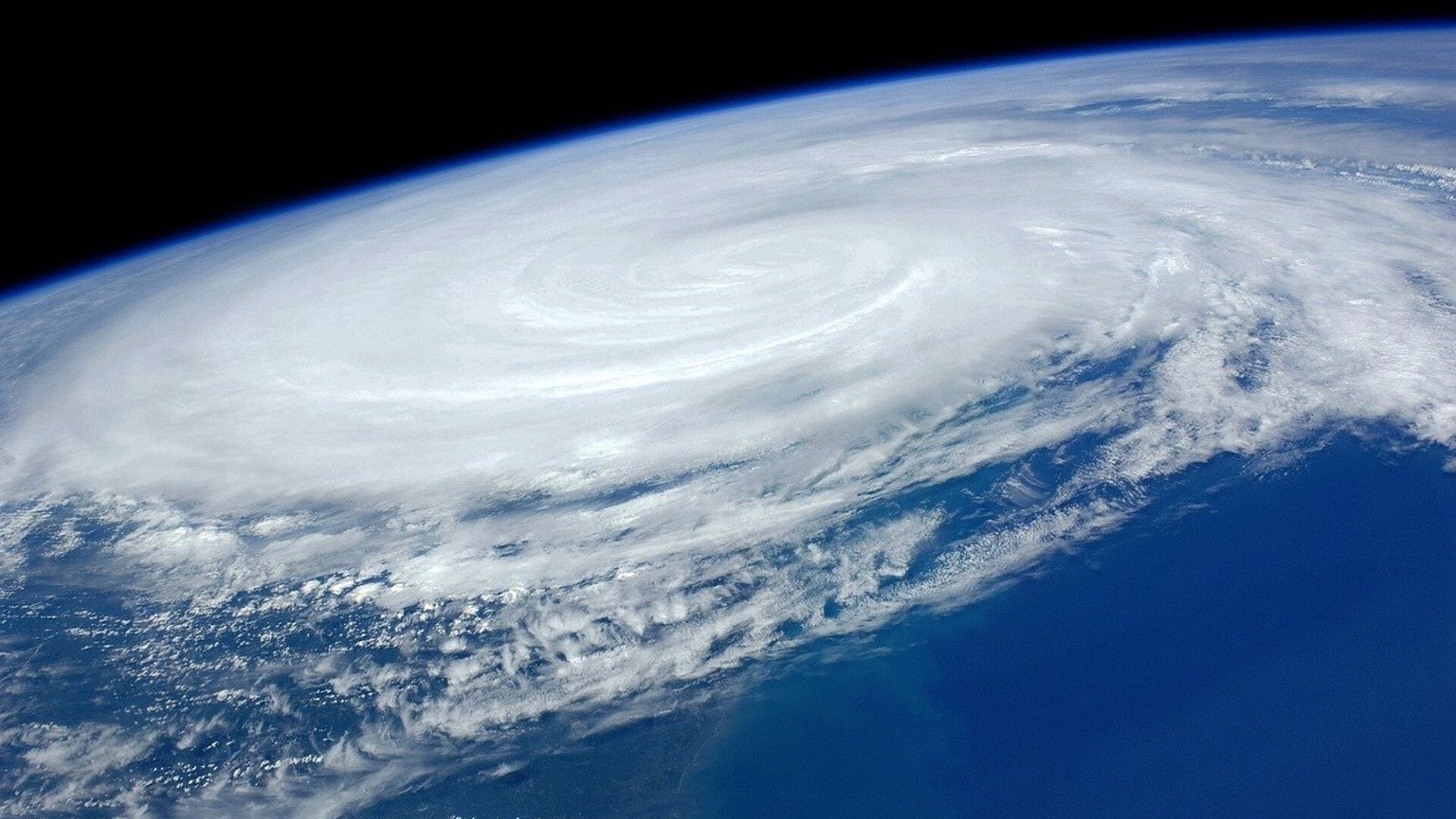Tropical Storm Fiona to Become Hurricane After Striking Caribbean, Could Threaten US East Coast

© Photo : Pixabay
Subscribe
September is the peak of the Atlantic hurricane season, which has been noticeably quieter than normal. Recent years have seen an increase in both the number and intensity of tropical cyclones in the region, a phenomenon linked to the influence of global warming.
Tropical Storm Fiona, churning toward the Leeward Islands on Friday evening with 50 mph winds, will strengthen into a hurricane in the coming days, the US National Hurricane Center said.
Although the storm is presently bearing down upon Guadeloupe, extreme wind shear has pushed Fiona’s powerful thunderstorms onto its eastern side, meaning the island chain has seen almost no rain, even though Fiona’s eye is just 20 miles off the coast.
The center of #Fiona is virtually on top of Guadeloupe, but it's lopsided.
— Matthew Cappucci (@MatthewCappucci) September 16, 2022
Notice how it's not really even raining over Guadeloupe yet. That's because the storm is so sheared (tilted due to strong winds aloft) that all the thunderstorms/rain lag to the east behind the center. pic.twitter.com/705RKL40gE
Tropical storm warnings have been issued for the Leeward Island nations, and tropical storm watches have been issued for Dominica and parts of the Dominican Republic. In addition to its damaging winds, Fiona could bring between 12 and 16 inches of rain, as well as a dangerous storm surge, causing both coastal and inland flooding.
After passing through the islands, Fiona is expected to head westward and then hook to the north, toward the Bahamas, where it will continue to strengthen over the open sea and possibly reach hurricane strength by next week. That milestone is marked by sustained winds of 75 mph.
Tropical Storm #Fiona is now very near the Leeward Islands. Here are the 5 pm AST Key Messages. See https://t.co/tW4KeGe9uJ for more details. pic.twitter.com/S9yAKgCQaT
— National Hurricane Center (@NHC_Atlantic) September 16, 2022
Where it goes from there is a matter of debate, though. Some computer models show it moving toward Florida, while others have it continuing to hook northward and then eastward and out to sea.
“Winds at the low and mid levels are out of the east. High aloft, out of the south. As Fiona grows stronger/thunderstorms get taller, they reach into the southerly winds aloft more/get pushed north,” meteorologist Matthew Cappucci tweeted on Friday.
“Picture a sailboat hoisting its sails and suddenly ‘feeling’ the tug of wind. Same premise here. In this case, if Fiona raises its sails in the form of stronger/taller thunderstorms, it gets pushed north,” he explained.
Notice the deal here. All the green represent weaker scenarios – those are the Gulf/Caribbean seedlings if Fiona keep struggling.
— Matthew Cappucci (@MatthewCappucci) September 16, 2022
If it strengthens, it curves north and then gets stronger. pic.twitter.com/eyxq2Zrq8R
“Notice the deal here. All the green represent weaker scenarios – those are the Gulf/Caribbean seedlings if Fiona keep struggling. If it strengthens, it curves north and then gets stronger.”
In the eye wall, where the hurricane’s strongest and most intense storms are found, the clouds can reach 50,000 feet high - well into Earth’s stratosphere.


